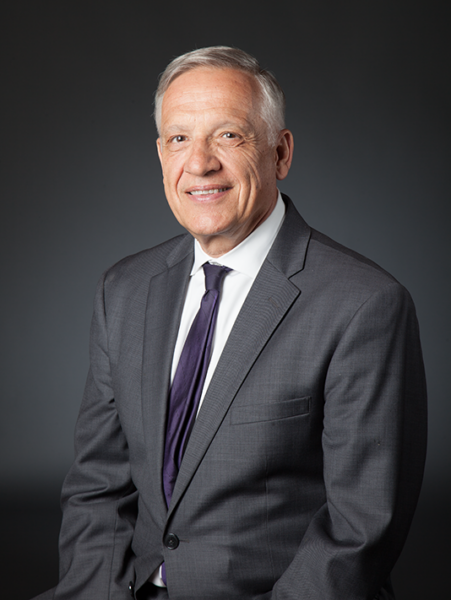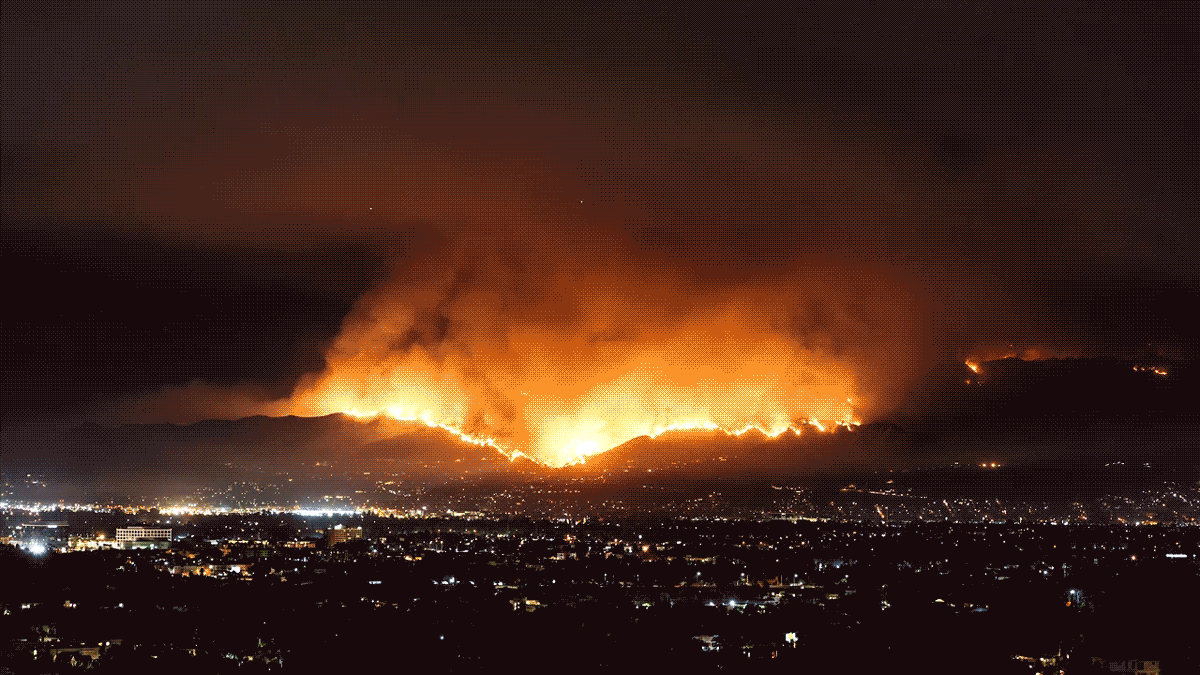Dean’s Message
 The extraordinary advances in computing have implied many promises for the solution of myriads of challenges. And then, in one terrible day, we suddenly and brusquely realized that one of our most complex challenges is that we have yet to learn how to coexist harmoniously with nature. Leaving aside for the moment the reasons for the extraordinary gale-force winds that powered during that day and evening the worst wildfire disaster in the greater Los Angeles area history, we have come to realize how unprepared we are to live in harmony with our natural environment, in one of the most beautiful areas of the world. The price has been heavy and steep, and it has been painful, particularly for many of our colleagues, friends and fellow citizens who lost property (and even loved ones).
The extraordinary advances in computing have implied many promises for the solution of myriads of challenges. And then, in one terrible day, we suddenly and brusquely realized that one of our most complex challenges is that we have yet to learn how to coexist harmoniously with nature. Leaving aside for the moment the reasons for the extraordinary gale-force winds that powered during that day and evening the worst wildfire disaster in the greater Los Angeles area history, we have come to realize how unprepared we are to live in harmony with our natural environment, in one of the most beautiful areas of the world. The price has been heavy and steep, and it has been painful, particularly for many of our colleagues, friends and fellow citizens who lost property (and even loved ones).
Words that usually follow such catastrophic occurrences are disaster, extreme events, resilience and unthinkable. Many parts of the world experience them, some with disturbing regularity. But these are generally interesting but distant news items that only become acutely relevant and alarming when they happen close to us. And this was the case with the Pacific Palisades and Altadena wildfires of January 7.
As scientists and engineers, we are entrusted with solving problems. And even though specific natural disasters of this type did not make the 2008 Grand Challenges of the National Academy of Engineering, they were captured within the more general grand challenge of Restoring and Improving the Urban Infrastructure. They were also underlined by one or more of the UN Sustainable Development Goals articulated in 2015. The question can then be asked: Has technology advanced to effectively address these challenges and goals since they were first articulated?

Let us focus for a moment on the subject matter at hand, namely wildfires and their impact on built and urban environments, and more specifically on the wildland-urban interface. The subsequent pages of this magazine provide compelling evidence that significant technology exists and that new, promising ones can be developed to address fundamental issues in sensing, prediction, mitigation and prevention, resilience, response, recovery and communication related to wildfires. One can confidently state that we have in hand the components of what it takes to prevent catastrophic consequences of the next severe wildfire.
At the same time, as the NAE Grand Challenges point out, addressing natural phenomena issues of such scale is not an isolated engineering challenge for one person or a few individuals. Rather, it requires a systemic approach, which entails the partnership of societal and policy forces, overcoming political barriers, and increased public trust in science and technology and their ability to address large-scale complex public issues. Such a systemic approach is largely absent. In this context, the Los Angeles wildfires and their historically extraordinary impact send a strong and unambiguous message: It was a rude awakening that we hope our public authorities have heard and can react to by implementing the appropriate measures.
There is another equally important message, however, and it regards the growing magnitude and frequency of extreme weather events, which can trigger second-order but devastating consequences, such as wildfires. It is expected that they both will keep increasing, and are becoming the new normal, as climate change continues. Understanding and addressing such homeostasis of the planet and our natural coexistence with it is a vitally important challenge. Using technology to reduce the collective human footprint, for example, through a variety of energy solutions, acquires increasing urgency if one also considers the expected rise in the magnitude of energy consumption that technologies such as AI data centers will continuously demand. Not unexpectedly, this also falls under the public policy domain.
And this takes me to yet another equally significant but, in some sense, anti-diametric topic, namely the evolution of technology and its increasing intertwining with society. The extraordinary advances in technology help us solve important problems. But they also usher in unintended consequences. The Los Angeles wildfires event demands a more harmonious cohabitation with nature. This can be provided by technology, assuming that it can be accepted and public policy can help it become implemented.
As the NAE commentary on the grand challenge for infrastructure engineering states, we “not only need to devise new technological approaches and methods but also communicate their value and worthiness to society at large.” At the same time, the advance of technology at unprecedented speeds demands that public policy is also developed, in turn, to help provide a different kind of harmonious cohabitation — but this time between society and technology.

– Dean Yannis C. Yortsos



